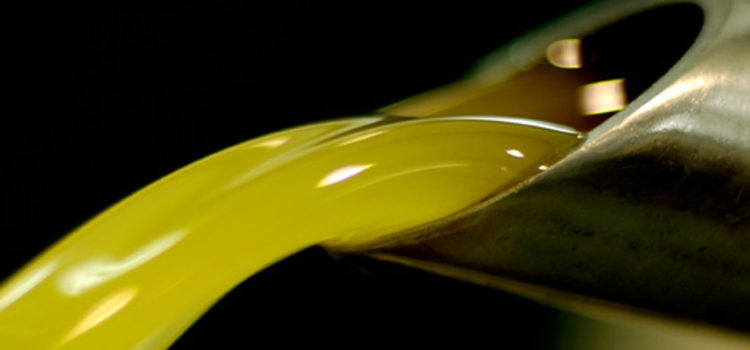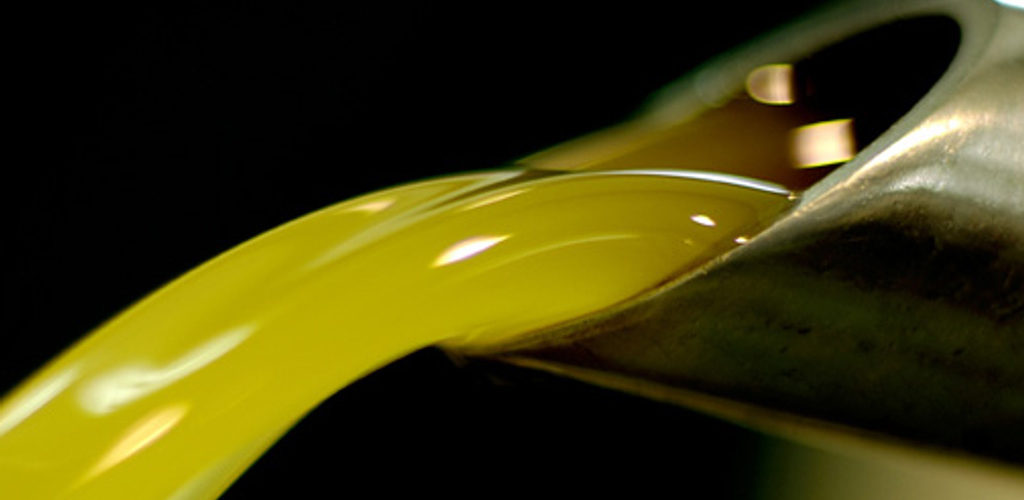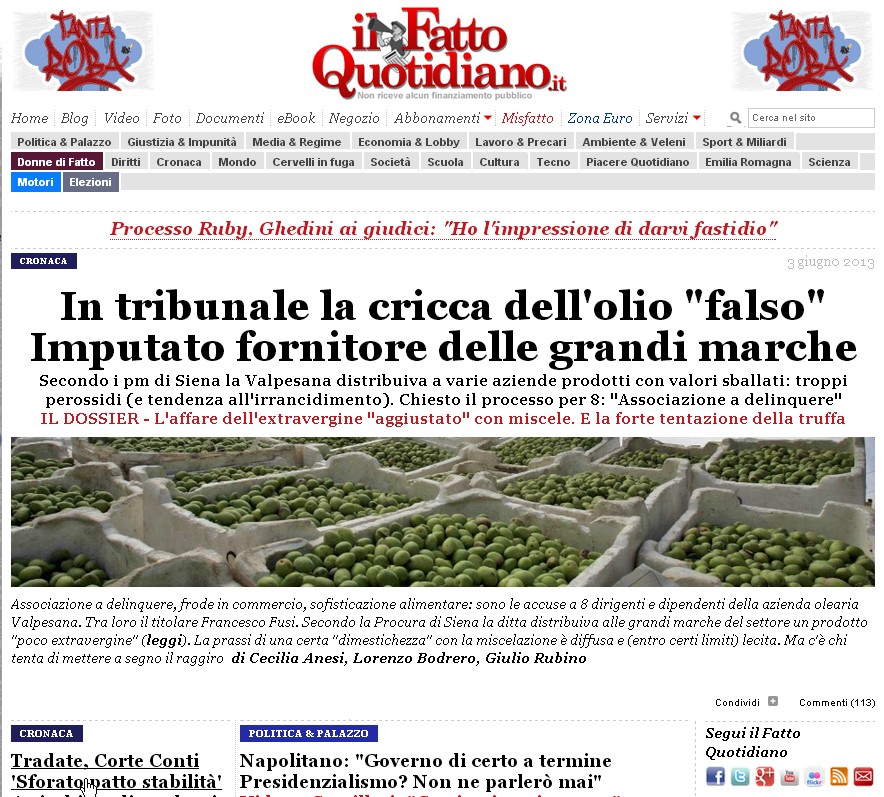

The green gold rush
in English 02/06/2013 Lorenzo Bodrero

di IRPI*
Olive oil is the product our tables really cannot miss. For countries of the Mediterranean Basin, that have a rooted consumption tradition, olive oil simply is the most indispensable ingredient for cooking.
But its use has gradually spread, and today worldwide consumption increases of 1% per year: a slow but steady trend. Two of the new consuming markets, are also the two biggest market of the world, those of China and the United States.
Such phenomenon of consumption requires huge quantity of olive oil of decent quality and relative low price to be continuously distributed in our supermarkets. “Consumers tend to buy oil on discount,” tell us a choir of oil producers, bottling companies and brokers. For it, olive oil is the food product which price varies the most, according to its category and quality.
Most consumers ignore that, excluding few protected geographical denominations, any type of commercialised olive oil is made of a mixture of different olive oils. Each year, different oils are produced in different quantities and qualities. Yet, every year consumers are able to buy a same bottle of oil that has the same name, the same taste and chemical characteristics. How is that possible?
It is possible because companies buy different olive oils and mix them up – under the supervision of some expert chemists – in order to obtain an oil that consumers will recognise ‘as good as ever’ and with the same relative low price.
Adjusting the bad taste of oil – olives might have waited too long before being pressed in a mill an oil would result fairly acid – with other oil of higher quality not only is totally legal, but also done by most.
What counts is meeting the consumers taste. This is true both for bottling companies and resellers. The rule is a simple one: get consumers what they want. If they are looking for an ‘extra-virgin’, then labs will provide them with an ‘extra-virgin’; if they want a ‘virgin’, then labs will provided them with ‘virgin’. Mixing procedure is mathematically calibrated on the very parameters set by law, with the blessing of audit bodies, producers of any country and exporters.
Although perfectly legal, this practice is quite a borderline one – allowing companies with perhaps too much of freedom.
Every year in Italy audit authorities seize considerable amounts of ‘fake’ olive oil. Oil can be ‘faked’ in two ways. The first is to label bottles of foreign oil as Italian, the second is to sell for a superior quality than it is, so ‘lamp’ for ‘virgin’, ‘virgin’ for ‘extra-virgin’ and so on and so forth.
Nevertheless limitations, the lawful possibility of mixing oils provides companies with the tool for ‘creating’ the oil one wants in a lab, and this not only allows defrauders to step in, but also introduces in the big distribution chain some high-tech products which long-term use consequences on human health are yet unverified.
* Giulio Rubino, Lorenzo Bodrero, Cecilia Anesi.
The full article is available in Italian only and it is part of “Food for Fraud”, a lenghty journalistic investigation on frauds in the food market funded by the European Investigative Journalism Fund.
The article was published today, June 2 2013, on Il Fatto Quotidiano (see below) and on Il Fatto Quotidiano online.


